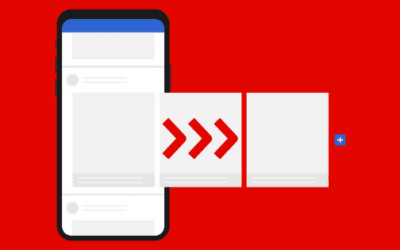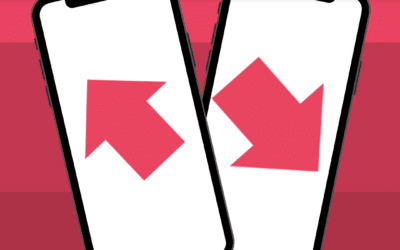Titles and descriptions are the first things a learner reads. They therefore need be hard-hitting and engaging. In this article, you’ll find a comprehensive guide to successful writing, supported by practical examples.
Writing a full description
Methodology
The course description is the very first thing learners read when they come across your course. You need to introduce the course (and introduce yourself if needed), as you would do in a face-to-face session and clearly set out the learning agreement.
Here’s a description structure you can use:
-
Opening gambit: engage your learners and get their attention.
-
Subject: present the subject to your learners – what will the course be about?
-
Learning objectives: clearly state what your learners will be able to do by the end of the course.
-
Unfolding: set out the programme (main categories).
-
Course duration: estimated duration in minutes.
-
Start of the course: use an upbeat and lively tone.
N.B : if your courses are open to all but aimed at a specific population, it’s important to state the target in the description.
Practical example
You’re in charge of training for a perfumer and you’ve just created a course about a new fragrance for the sales team.
Here’s an example of a description:
The Centifolia Rose blooms in Grasse for only three weeks each May. Elusive and fleeting, we have still somehow managed to immortalise it in our new fragrance, Rose de mai. This course plunges you into the spellbinding and charming Rose de mai universe.
???? Learning objectives:
- List the main olfactory notes.
- Describe the universe of the fragrance.
- Choose the appropriate communication tools.
????️ Unfolding:
- The centifolia rose
- The fragrance
- In-store
⏲️ Course duration: 6 minutes
Ready for a fragranced escapade in the rose fields? Let’s go!
Formulating engaging titles
Methodology
Several titles feature in a digital course: the course title, the titles of modules or main sections and the titles of activities.
It is important for all your titles to be engaging and suited to your target population.
Here are a few tips for successful writing:
- Opt for lively expressions,
- Follow a consistent editorial approach,
- Feel free to use the pronouns “I”, “we” and “you”,
- Use storytelling conventions,
- Be inclusive.
The course title
You first need to choose the name of your course. Ensure it is short, clear and consistent with the names of existing courses.
Feel free to make it more operational by adding titles like “practical guide”, “instructions for use”, “focus on”, etc.
It is advisable to highlight the key topic as a priority, so that learners read it first.
⛔ Avoid basic titles which only include the name of the subject.
Example:
- Cybersecurity at [company name]
- Cybersecurity – become an expert!
- Cybersecurity – a practical guide
Titles of modules and sections
Next, you need to choose titles for the main section of your course (also known as modules at Teach on Mars).
We advise formulating them so that you clearly set out the programme and the unfolding of the course.
For example, you can provide the order through numbering “1 – module title.”, “2 – module title”.
Once again, your module titles must be standardised and interconnect smoothly.
Example:
You have to create a course about a clothing company’s latest collection. Here are a few examples of module titles:
- The inspiration behind the collection
- The collection in detail
- The sales pitch
The titles of activities
Finally, you need to name each activity in your course.
To this end, we recommend formulating titles so that learners can quickly grasp the learning objective and the topic of the activity: what will they be asked? What will it be about?
Avoid overly academic titles such as “Discover”, “Learn”, “Test yourself”, etc. and focus more on active formulations with the topic “An expert on…?”, “Know all there is to know about….?”, “A focus on…”, etc.
Example:
You’re creating a course about the history of a coffee brand. Here are some possible activity titles:
- Activity 1 (lesson): Once upon a time, a little coffee roaster
- Activity 2 (multiple choice): Think you’re an expert on our history?
- Activity 3 (lesson): A focus on industrialisation
- Activity 4 (association activity): Know all there is to know about the key dates?
Here’s a tool box to inspire you and help you out if in need:
Course title
- [Topic]: Practical guide
- [Topic]: Instructions for use
- [Topic]: what’s new?
- Become an expert on [Topic]
- Find out everything about [Topic]
- Introduction to [Topic]
- A journey into the world of [Topic]
- Once upon a time [Topic]
Module or activity title
- A focus on…
- Know all there is to know about…?
- An expert about….?
- Ready to…?
- Mission accomplished?
- Eureka!
- The X rules for…
- Key info about…
- Your feedback on…
- Your opinion on…

D’abord éditrice de manuels scolaires, professeure et coordinatrice pédagogique à l’Université, Julia a rejoint l’équipe Learning Experience chez Teach on Mars pour apporter ses compétences en pédagogie. La gamification et la différenciation pédagogique sont notamment ses chevaux de bataille.




